
Channel strip plugins can simplify your workflow, cut down the feeling of option paralysis, and help you focus on the big picture. But if you’re going to bundle several tasks into a single plugin, you definitely need to choose wisely. To help you decide, we compiled a list of the best channel strip plugins available in the market today. Let's get to it!
Included in this guide:
| Image | Product | Features | Price |
|---|---|---|---|
Best Overall 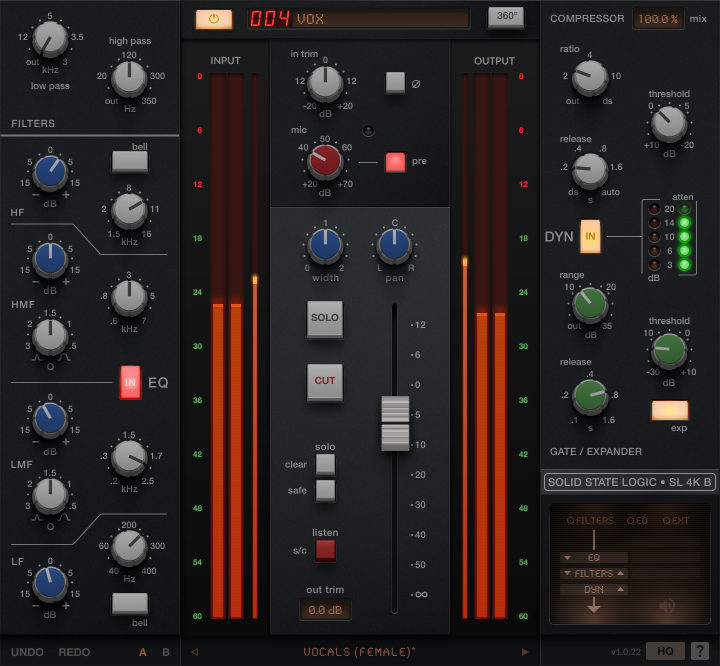 |
| 5 | Check Price |
Runner-up 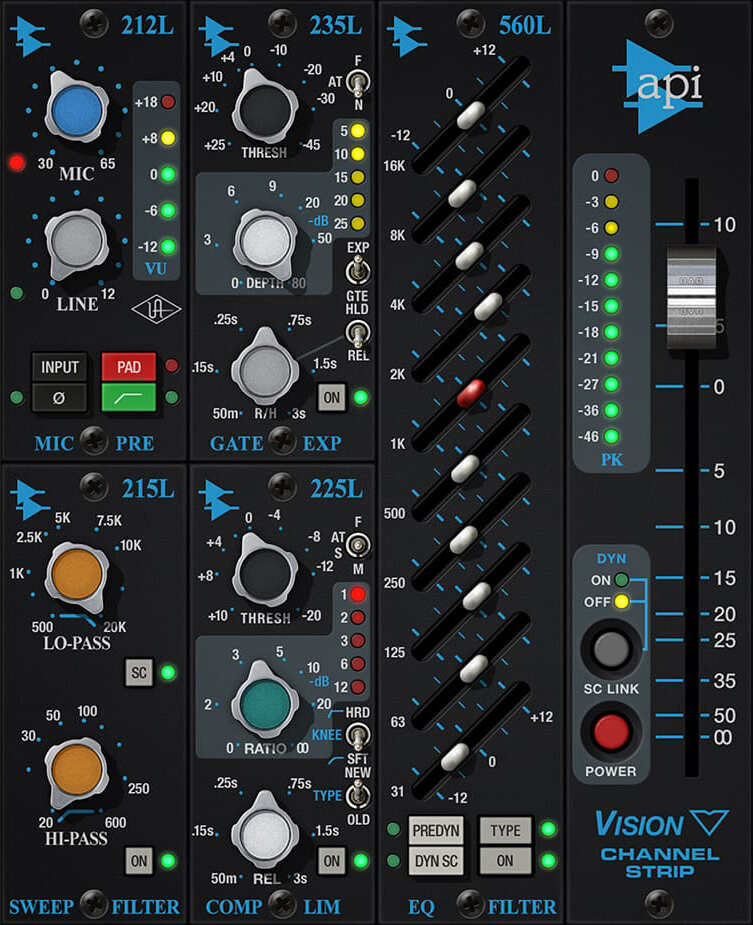 | Universal Audio UAD API Vision Channel Strip Plugin Collection
| 4.9 | Check Price |
Top Pick 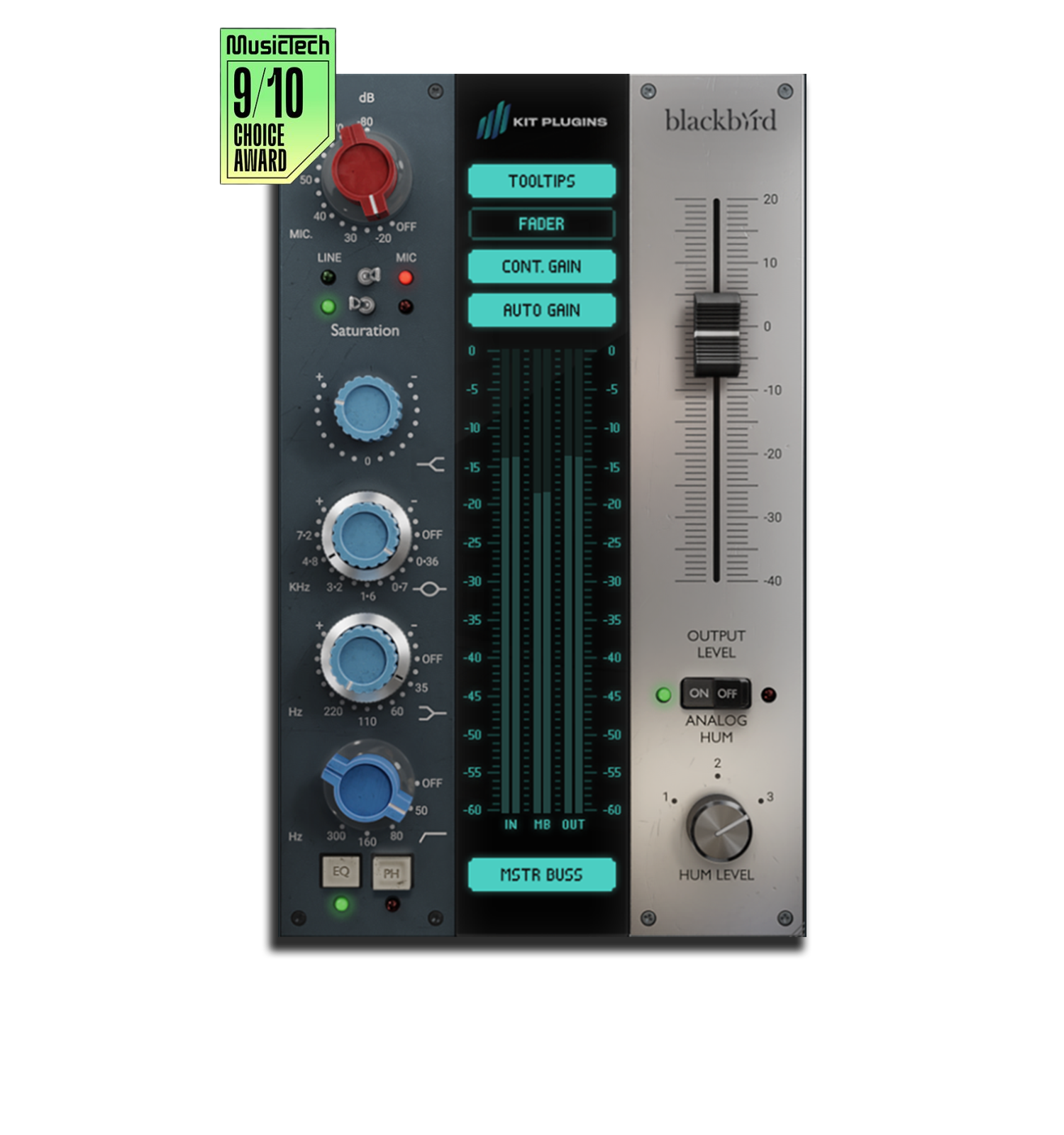 | KIT Plugins BB N73 Channel Strip Plugin
| 4.8 | Check Price |
Top Pick 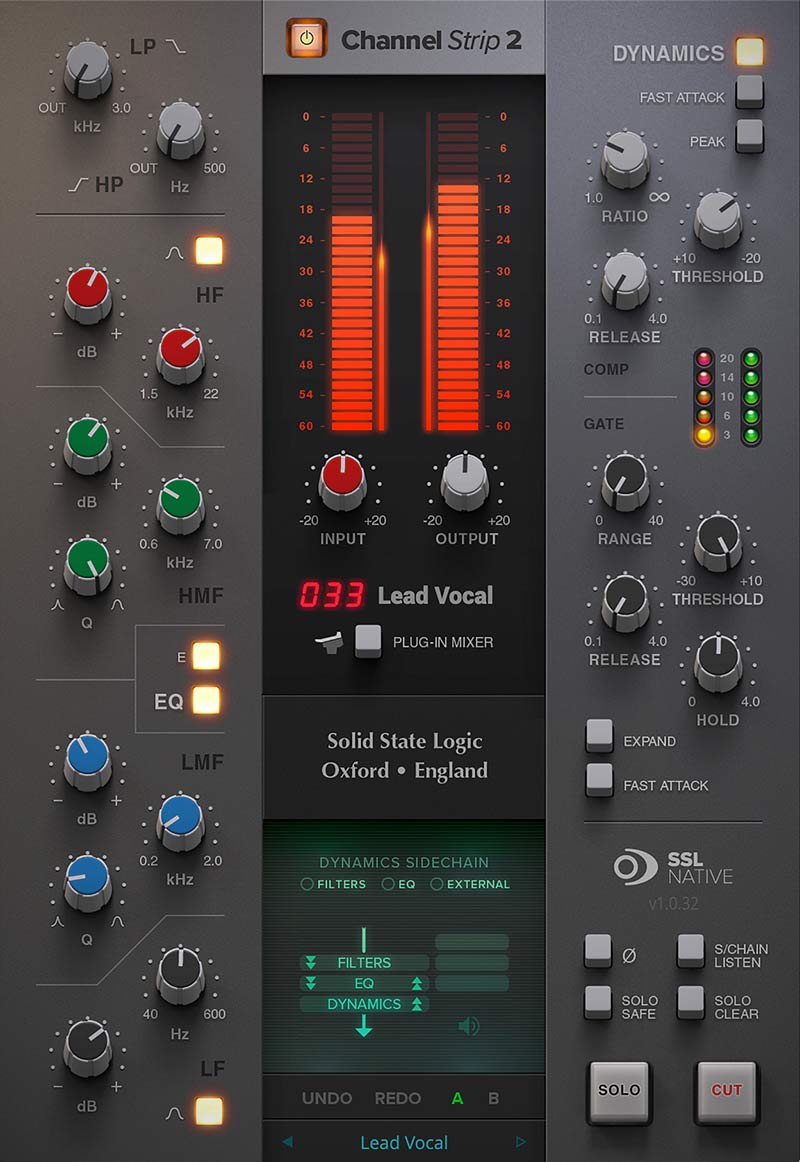 | Solid State Logic Native Channel Strip 2 Plugin
| 4.8 | Check Price |
Lowest Price 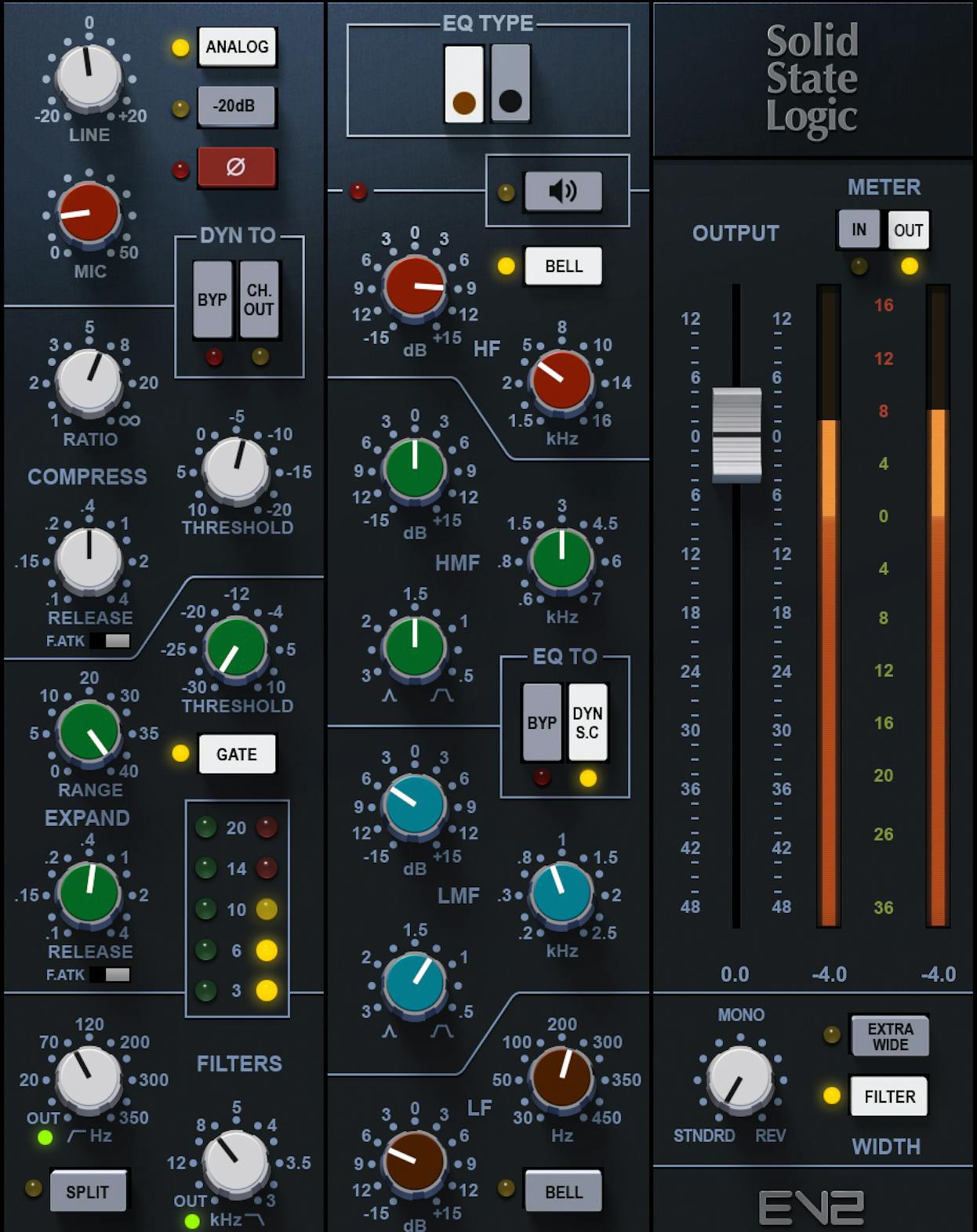 | Waves SSL EV2 Channel Strip Plugin
| 4.7 | Check Price |
Related Article: My Top 5 Best Waves Plugins | I Use These In Every Mix
With only six SL 4000 Bs ever built, SSL used the original schematics as a reference to model the 4K B after the legendary early B series desk. Yet, they managed to hit all the details down to the component level. So, the plugin is ultra-realistic and even shares the same analog character, thanks to the dbx ‘202’ VCA fader (black can).
Meanwhile, a Jensen JE-115K-E transformer keeps the mic drive section full of non-linear, gain-compensated harmonic character. If you don’t mind pushing your CPU, you can go for the HQ oversampling to get more pristine audio. However, even without oversampling, the 4K B still adds amazing color and punch!
UAD’s API Vision features the typical 4-band parametric EQ (with HF, HMF, LMF, and LF knobs)—that’s the one used on the 550L. However, it also supports a 10-band graphic EQ module with sliders that you might know from the 560L hardware. Both sound like the analog API’s EQ unit, though.
Aside from the two EQ modules, API Vision has the precise 235L gate/expander, a 212L preamp, 215L cut filters, the punchy 225L compressor, and an output module. If you push the preamp enough, you’ll get an impressively thick crunch, which can add weight to drums and bass.
The N73 is the result of a collaboration between KIT and Blackbird Studio. While the N73 does have a powerful three-band EQ, the strip shines in console saturation. It’s particularly good for creating in-your-face bass. However, you need to turn on the mic mode to use the saturation.
That’s easy enough to do since you have the line/mic switch right next to the mic gain knob. Speaking of knobs, the plugin also lets you choose between three levels of authentic-sounding hum. However, you can switch it off if you don’t want to inject any analog hum into the mix.
The updated SSL Channel Strip 2 has an output section, fader, and advanced integration options. But, its EQ was always reliable and versatile. By default, the EQ curves are set to the G-series. For an aggressive bite, you’ll want to switch to the E-series. But aside from the EQ, the expander is still one of the best tools on the channel strip. It just sounds natural and has a smooth release response.
The standout feature of the SSL EV2 is its EQ modes. Yes, it has more than one. The EV2 has brown (02 EQ) and black (242 EQ) buttons to help you balance gentle and aggressive tones. Generally speaking, the black is cleaner and works best for scooping. That said, the 02 knob was actually the original EQ on the SSL 4000 E channel strip, and the 242 was added later in the 1980s.
Related Article: VU Meter Plugins: Our Top 5 Picks To Maximize Your Metering
A channel strip plugin is a digital tool used in audio mixing that emulates the signal processing found on a mixing console's channel strip. It typically includes a combination of EQ, compression, gating, and sometimes other effects.
Using a channel strip plugin can be more efficient and can provide a cohesive sound, as these plugins are designed to work together harmonically. It also mimics the workflow of traditional analog mixing consoles.
Consider what features are most important for your work, such as the types of EQ and compression offered, additional effects, and the overall sound character of the plugin. Also, think about your workflow and which plugin interfaces suit you best.
Yes, it’s technically possible to mix with just channel strip plugins. This is particularly true if the tracks were well recorded. In fact, there’s a nifty guide for doing so using simple strips like the SSL EV2.
The plugins can restrict your controls to help you make decisions faster. Some engineers find that this improves their workflow. But others might find it too limiting for their liking.
Now that you have discovered our picks for the best channel strip plugins, the question is which one are you going to get? With vibrant harmonics and powerful integrations, the SSL 4K B is well worth the price tag. On the other hand, the API Vision stands out from the crowd with its parametric/graphic EQ models. The SSL EV2’s highlight feature is also the EQ. But this time, it’s the brown/black mode switch that stands out, making this affordable plugin as good for gritty tones as it is for smooth ones.
If you found this guide helpful, please consider subscribing to our blog for more music production tips, product reviews, and buying guides. Also, you can support new content by contributing to our tip jar.
"Some of the links within this article are affiliate links. These links are from various companies such as Amazon. This means if you click on any of these links and purchase the item or service, I will receive an affiliate commission. This is at no cost to you and the money gets invested back into Audio Sorcerer LLC."